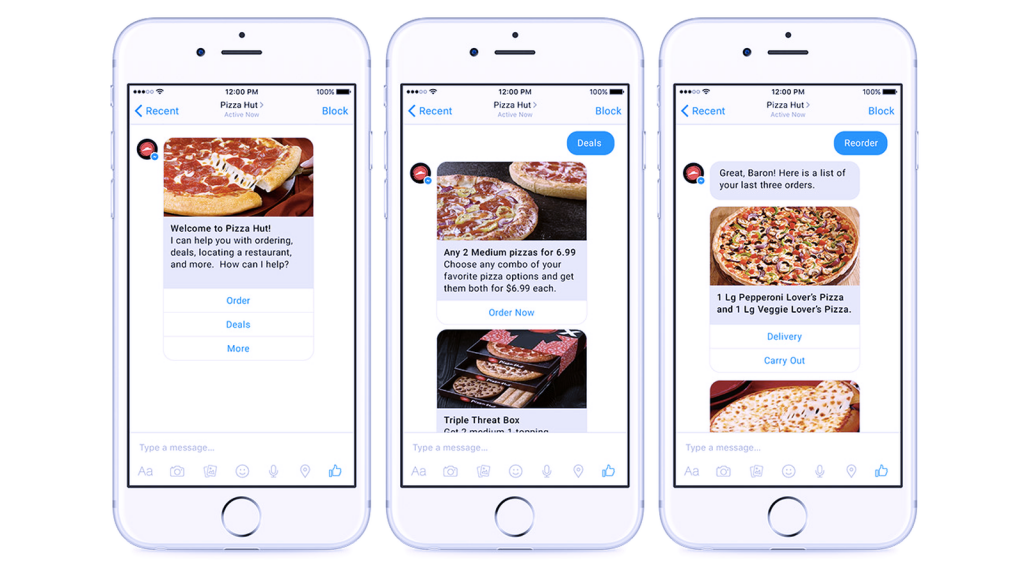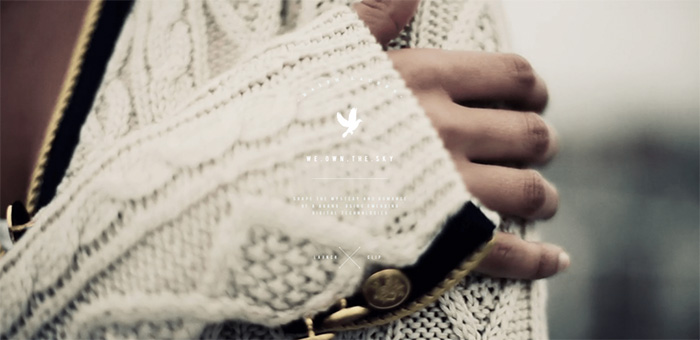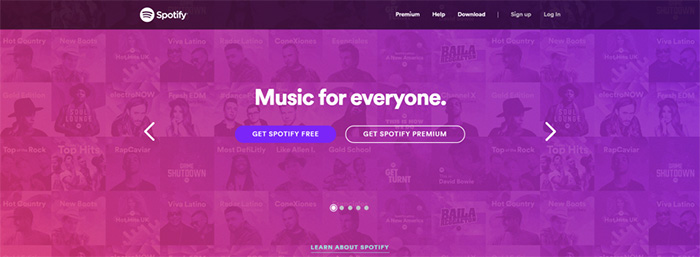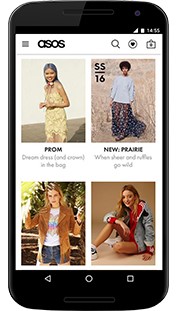Everyone would like to think they know how their customers work. But in actual fact, figuring out what they want is like patching together a 20,000-piece jigsaw we all have hidden in our cupboard and ‘never get around to doing’ – a complex and tiresome task to say the least.
So, to save you from having to clear the dust from that jigsaw and get going with the guesswork, we’ve taken the reigns and set about tackling the big issue of what your customers REALLY want.
Make Robots Work For You
Firstly, if you’ve read our earlier blog you’ll know that the age of the robots is upon us! I’m not saying you should start supplying talking toasters and freezers that prepare meals (I wish!) but explore the options that AI provides, particularly with regards to chatbots.
After all, anything that makes our lives easier is a winner, right? And that’s exactly what chatbots do. Providing online shoppers with the instant ability to order, make payments and get advice at their fingertips will not only save them time, but will increase your chances of making a sale – win, win!
Let’s look at a quick example of this:

Dominos – the UK’s most loved pizza branch (from my perspective) takes full advantage of chatbots. Integrating with messenger, they allow for the customer to type in a key word and you’re away – what could be better? No more awkward phone calls, lengthy payment process or dehumanised websites. Simple.
For businesses that are looking to grow aggressively without taking on dozens of customer-care staff, chatbots are an opportunity to get ahead of the competition.
Delivery to Buy For
The race is on to fulfil orders quicker than the competition. Online Shoppers in 2017 want convenience. We want to order our items today and receive them ASAP – demanding, I know. But as a retail company, if you crack this you’re sure to make a tonne of sales.
We all know the struggle of leaving our shopping to the last minute. When there’s a time restriction we’ll shop around, not necessarily for the best products, best prices or nicest looking website (although those are very important) but for the best delivery times. The reliable retailer puts our minds at ease and allow us, as a consumer, to feel smug about our decision to leave everything to the last minute. Be that brand.
Amazon has already started to take advantage of this with their recent move to offer same day delivery for selected areas. Yep, you heard that right. Prime members will be able to order and receive their goods in a matter of hours.

Whilst it’s dependent on your customer-base and what you are selling, same-day delivery is something to consider in terms of differentiating yourself from the competition. You will need to be conscious of the return you’re getting for the investment required though.
Putting the Fun into Functional
The famous phrase ‘form follows function’ is something that’s been widely followed by many great business people. But we’re not sure this is true, at least not in 2017.
Looking around we see many companies coining designs that put form on a pedestal. We see websites that are taking creativity and fitting it into their needs. Why? Because consumers react to design emotionally, it triggers an area in their brain that makes them engage on another level.
This is something Steve Jobs did well. He recognised that both form and function should work together as one, on the same level. That if the design of a product is not appealing, it doesn’t matter what it can do, it won’t sell.
What your customers really want is a design that appeals to them. Design-led consumers will respond best to brands that use creative, fun ideas to engage them and entice them to their products.
One of the ways in which we’ve noticed this being done is the heavy use of 2017’s king of marketing – the video. When you think about the benefits of video, it’s clear that every brand should be using them. Where images offer one perspective, video allows you to showcase a whole array of things (especially with the ability of 360º and VR), whilst capturing the customer’s attention.
BlackNegative.com is a brilliant example of this. It utilises video as its background while also incorporating the ability to flick through the website like a book, with each page being scrolled across the screen with your cursor.

Another way is to be bold with typography, colours, imagery and layouts. Using a bright colour scheme with some high quality, authentic imagery instead of stock images could mean everything. Just as using a different layout with captivating font is bound to bring people to your page.
Spotify takes advantage of bold colouring.

Think about your brand and encapsulate that into a design that your customers can identify with.
Make Everything Mobile
As I’m sure you know, mobile has managed to take over the lives of almost everyone in the 21st Century. We can now perform so many tasks from the palm of our hands – browsing the web being a predominant one.
Shopping has never been so easy, so make your website the same.
It’s all in the responsive design. We’d go so far as to say that making your website work well on handheld devices is much more important than on a desktop! It’s portable, can be accessed from anywhere and means your potential profits are at least doubled. So turn your attention to making the smartphone warriors your best friends.
This is something that we find particularly important as our cloud ERP performs as its best on portable devices for the convenience of our customers. We’ve designed and developed it so it can be accessed from absolutely anywhere. Sound good to you? Get a FREE demo here.

Whilst responsive website design is one approach to mobile commerce, you could also consider going down the app route. Whilst potentially more costly, apps do offer you, as a retailer, further scope to personalise your offering. They are also an opportunity to market to your customer-base more aggressively, with your app integrating with notification systems so that you can get your latest product and / or offer directly in front of your customers. Apps also offer the potential to hook into beacons and other in-store technology, which can further improve the experience you can offer your customers.

What’s a Wallet?
Gone are the days of relying on wallets and purses, in fact, what are they? Payment now is all about digital. Lengthy and / or clunky payment processes online cost you sales, so streamline – it’s what customers want!
Think Apple Pay, contactless payment, guest checkout, PayPal, clear design. All of these aspects will make life much easier for those that are shopping with you, which in turn, will benefit your business.

What Online Shoppers Want in 2017 – summarised
Chatbots, design-led online experiences, optimising for mobile and making digital payment as simple as possible.
There you have it; the secrets are revealed! What are you going to do about it?
Please Note: This article was edited on 21/02/2018 to reflect Khaos Control Cloud’s updated process re: trials.


